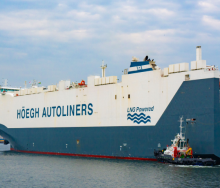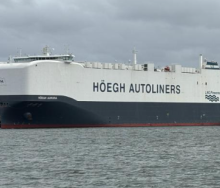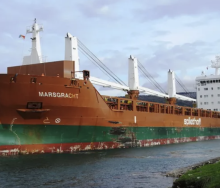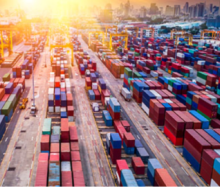Market pressure and running costs are prompting ocean carriers to resort to one of the oldest tricks in the liner manual – slow steaming.
Shipping brokerage and container data portal, Clarksons Research, has indicated that the first quarter (Q1) of 2023 has seen some of the slowest sailing speeds on record for container vessels serving primary trade lanes.
Ordinarily, box ships will decrease their speed from an average of at least 20 knots to as low as 12 knots.
The Baltic and International Maritime Council, Bimco, has also said that vessels are expected to go even slower.
Whereas vessels were recorded in Q1 to average about 13.8 knots, Bimco said ships could decrease speed by another 10%, or 1.38 knots of the current average.
This morning it’s reported that Jan Tiedemann, an analyst with data aggregator Alphaliner, said lines were slow-steaming to absorb surplus capacity.
However, Alphaliner has also reported that lines are busy with a balancing act, slightly increasing speed because of decreasing bunker fuel prices.
Looking back to the most immediate post-Covid liner trade assessment, slow-steaming has been a trend of late, Alphaliner has found.
Since recovery from coronavirus lockdown measures picked up momentum worldwide, carriers have in general sailed at at least one knot less than the general steaming average.
In an interview with Singapore shipping site Splash 247, Tiedemann said: "That does not sound like much, but from a 16.5-knot global average, that is about 6% slower, meaning you need X% more tonnage to carry the same cargo volume.”













